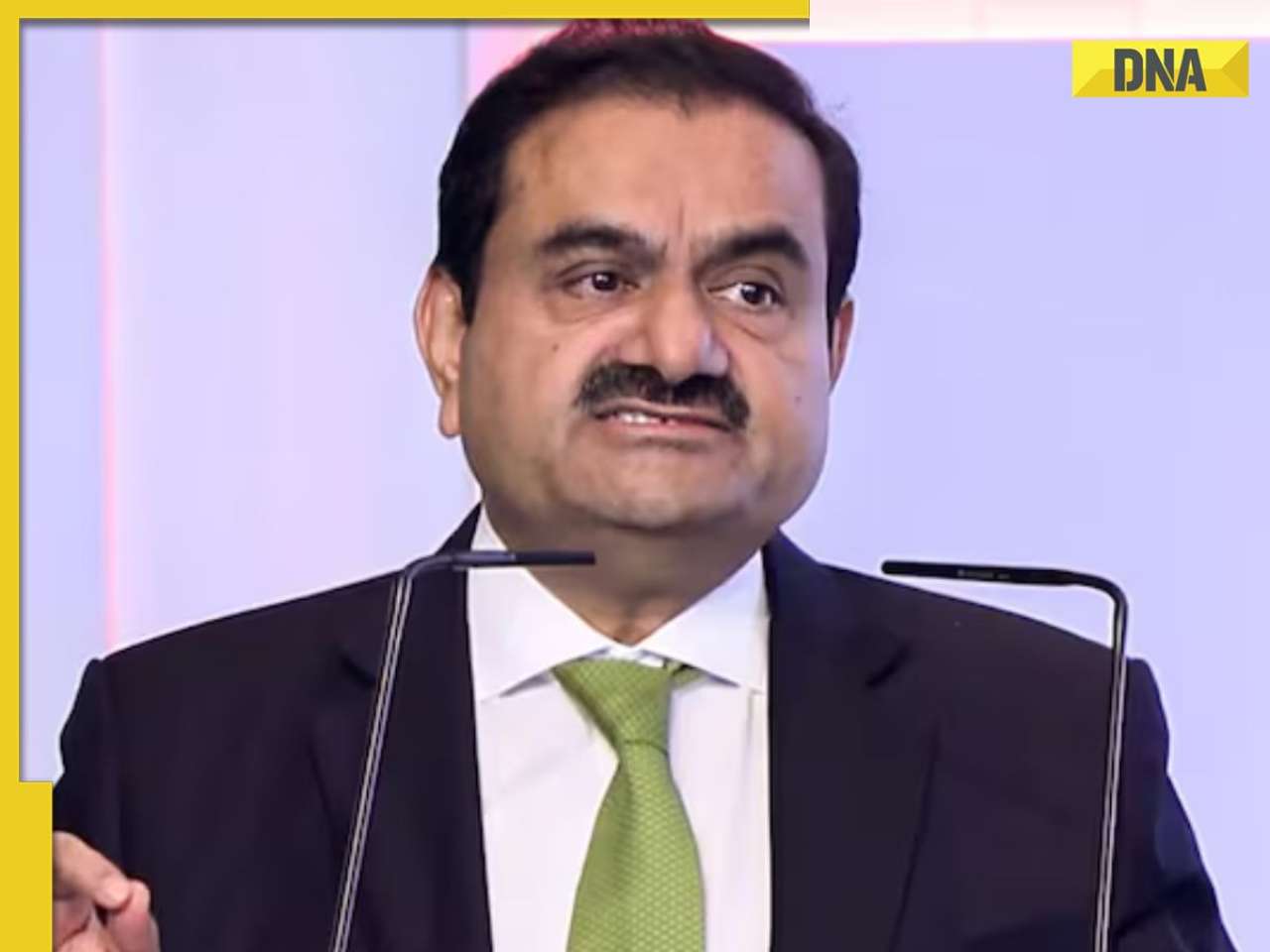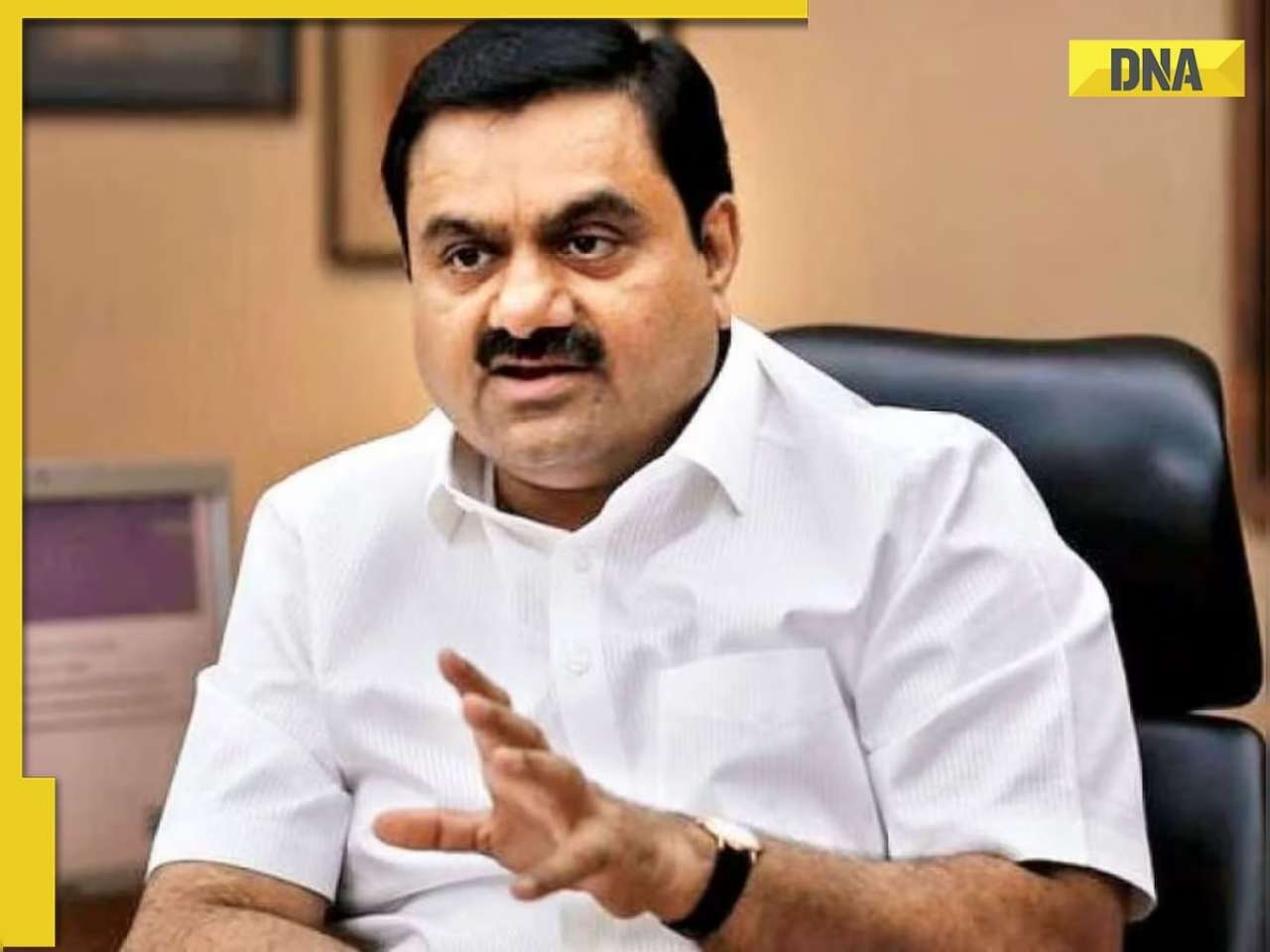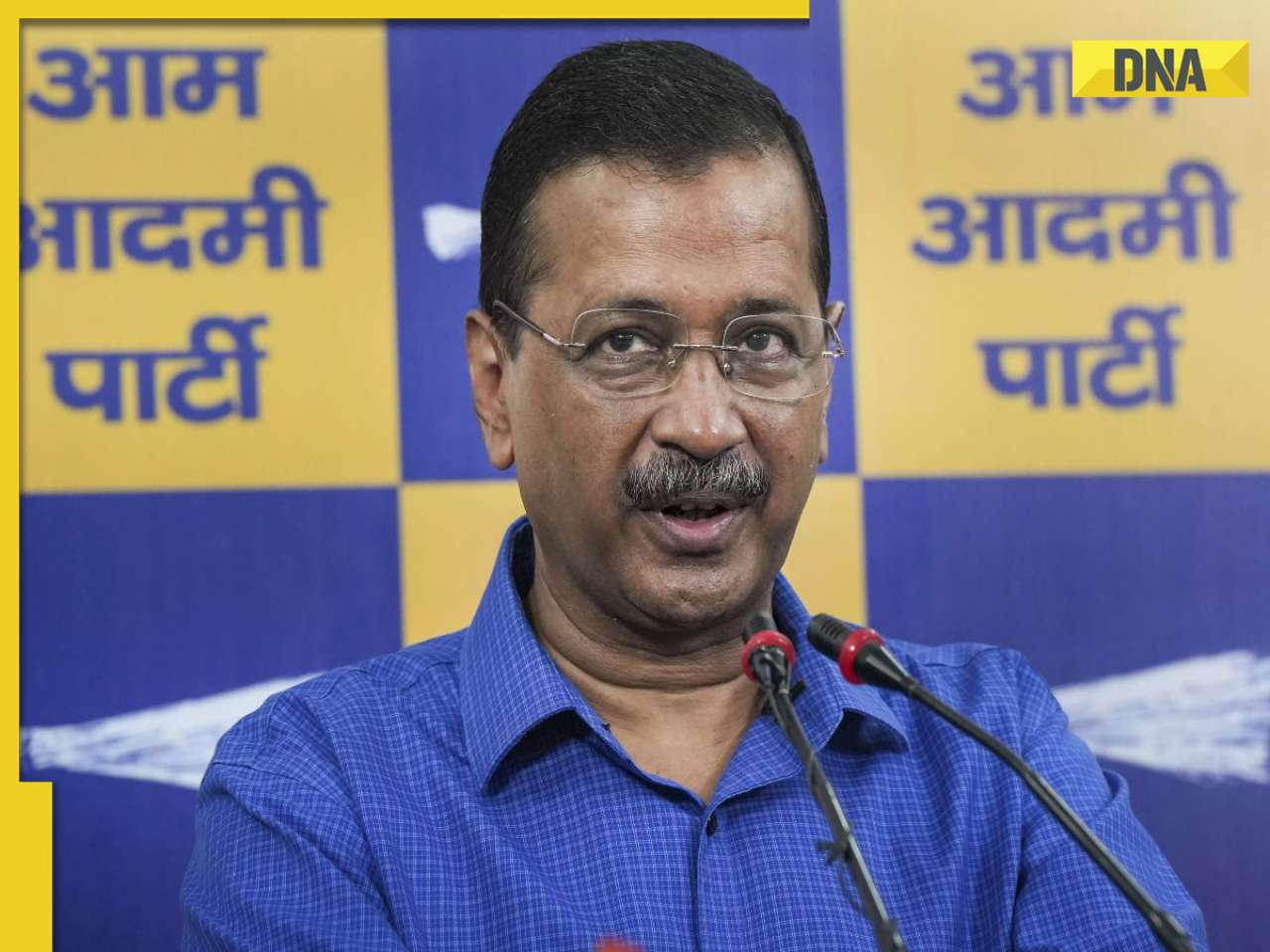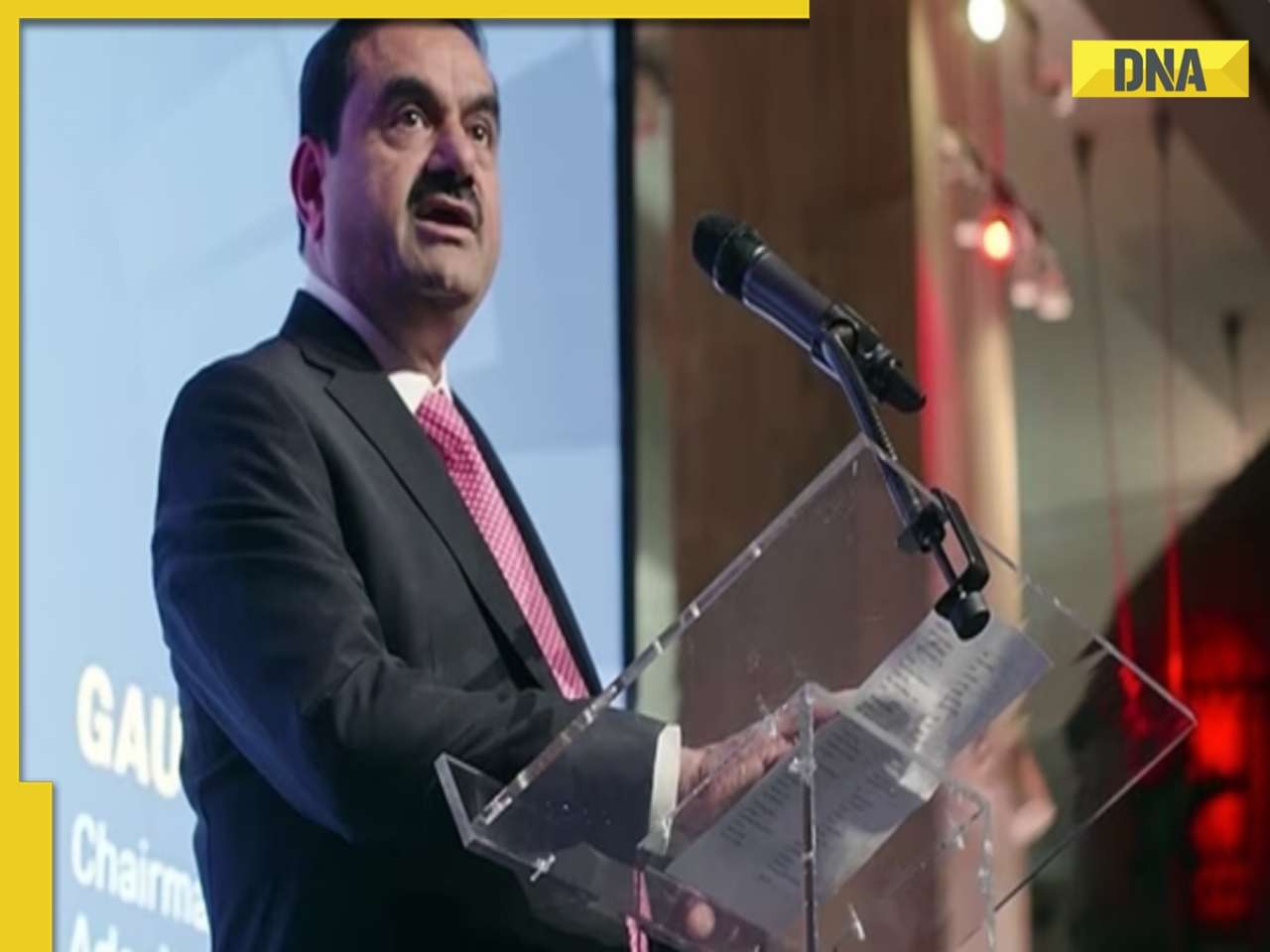- LATEST
- WEBSTORY
- TRENDING
ANALYSIS
ISRO's PSLV-C37: A Legacy of Satellite Deployment and Responsible Space Debris Management
The main payload for the mission was the Cartosat-2D Earth observation satellite.
TRENDING NOW
On February 15, 2017, the PSLV-C37 mission set a new record by launching 104 satellites in one go. This was the 39th mission of India's Polar Satellite Launch Vehicle (PSLV) program and the 16th time ISRO used the XL configuration for a launch.
The rocket successfully carried and placed 104 satellites into Sun-synchronous orbits during one mission, setting a new record. It surpassed the previous record of 37 satellites launched by a Russian Dnepr rocket on June 19, 2014. The main payload for the mission was the Cartosat-2D Earth observation satellite. Along with it, there were 103 nanosatellites, including two experimental ones from ISRO. The other 101 international satellites were launched through a commercial agreement between various companies and ISRO's commercial wing, Antrix Corporation Limited, which operates under India's Department of Space.
The PS4, which is the fourth stage of the rocket, carries additional payloads. After the main mission is completed, the PS4 stage is enhanced to function as a long-duration orbital platform. This PS4 Orbital Platform (PS4-OP) has its own power supply, communication system, data storage, and attitude control system to support the payloads it carries in space.
After deploying the 104 satellites, the rocket’s upper stage (PS4) went through a process called passivation, which means removing any remaining fuel or energy sources to avoid accidental explosions or other risks in space. The PS4 was left in an orbit about 470x494 km in size.
It was continuously tracked by the United States Space Command (USSPACECOM) and given a unique identification number called the NORAD ID 42052. This number helps monitor the object’s position in space, and over time, its altitude gradually decreased due to atmospheric drag, which is the resistance objects face when moving through Earth's atmosphere.
Since September 2024, ISRO’s system called IS4OM (ISRO System for Safe and Sustainable Space Operations Management) has been closely tracking the gradual decrease in the PS4’s orbit. As part of its routine monitoring, IS4OM predicted that the rocket stage would re-enter Earth's atmosphere in the first week of October 2024. By October 6th, at 12:45 UTC, the orbit had reduced to a size of 134 x 148 km.
According to a prediction by US Space Command (USSPACECOM), published on Space Track, the re-entry occurred on October 6, 2024, at 15:49 UTC (Coordinated Universal Time), with a small uncertainty of about one minute. ISRO's IS4OM also predicted a re-entry time of 15:48:25 UTC on the same day. The impact point was located in the North Atlantic Ocean.
The rocket body re-entered Earth's atmosphere within 8 years of its launch, fully meeting international guidelines for space debris. Specifically, it followed the Inter-Agency Space Debris Coordination Committee (IADC) recommendation, which suggests that defunct objects in Low-Earth Orbit (LEO) should not remain in orbit for more than 25 years after their mission ends.
This requirement was achieved by carefully planning the passivation process, which helped reduce the PS4’s orbit after the satellites were deployed. Currently, special efforts are being made to reduce the time PSLV upper stages remain in orbit to 5 years or less. This is done by actively lowering their orbits using engine restarts, as seen in missions like PSLV-C38, PSLV-40, PSLV-C43, PSLV-C56, and PSLV-C58. These actions help bring the rocket stages to lower altitudes more quickly.
As part of its ongoing efforts to ensure the long-term sustainability of space activities, ISRO will keep taking proactive steps to achieve the goals of the Debris Free Space Mission (DFSM) by 2030. These measures aim to minimize space debris and maintain a cleaner space environment for future missions.
(The author of this article is an Aerospace & Defence Analyst based in Bengaluru. He is also Director of ADD Engineering Components, India, Pvt. Ltd, a subsidiary of ADD Engineering GmbH, Germany)
(Disclaimer: The views expressed above are the author's own and do not reflect those of DNA)
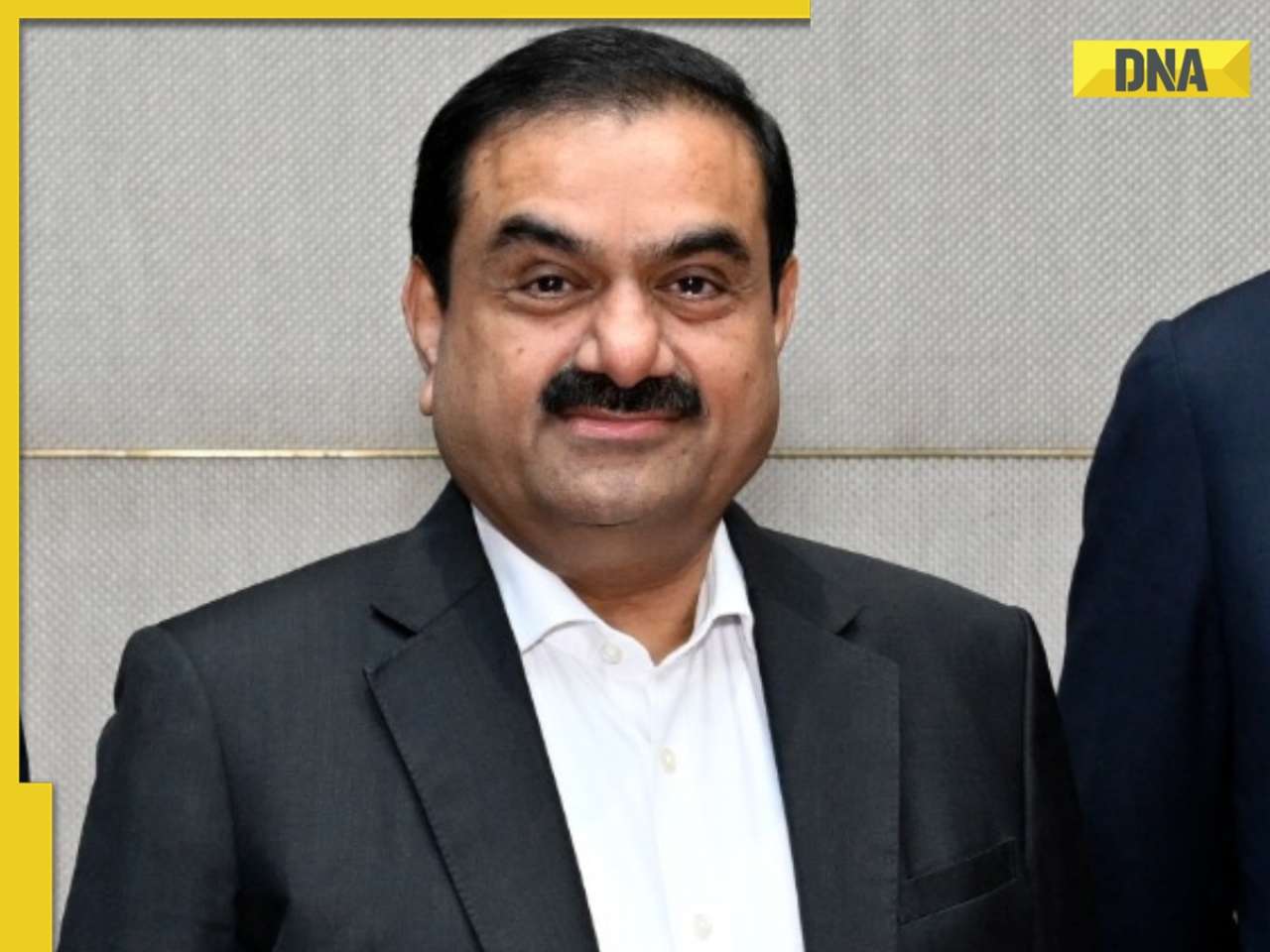






)
)
)
)
)
)
)
)
)
)
)
)
)
)
)
)













































